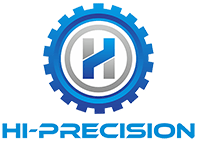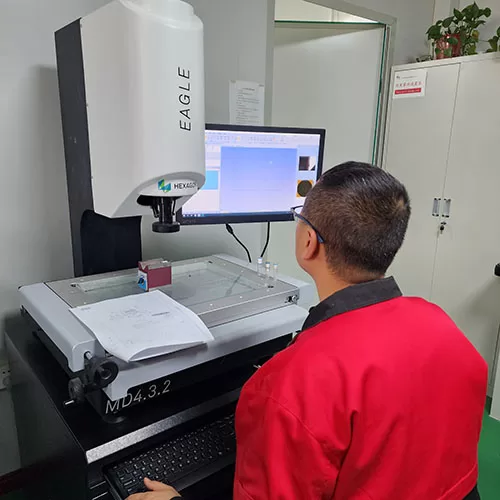We provide high-quality CNC turning services to buyers in various industries around the world.
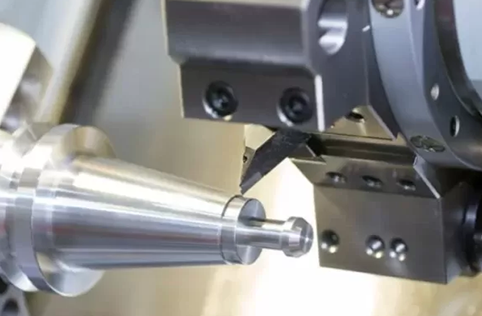
WHAT IS CNC TURNING
CNC turning generally refers to the process of machining parts on a CNC lathe. CNC lathe is a machine tool controlled by a computer and an automated machine tool equipped with a program control system. The control system can perform logical processing on programs with control codes or other symbolic instructions, decode them, express them with coded numbers, and input them into the CNC device through the information carrier. After calculation and processing, the CNC device sends out various control signals to control the movement of the machine tool and automatically process parts according to the shape and size required by the drawing.
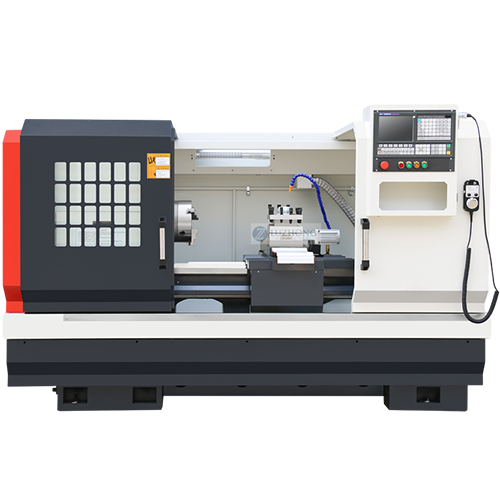
The process of machining parts on a CNC lathe is called CNC turning. CNC turning is the most basic and common cutting processing method. Most workpieces with rotating surfaces can be processed by turning methods, such as internal and external cylindrical surfaces, internal and external conical surfaces, end faces, grooves, threads and rotary forming surfaces, etc.
CNC TURNED PARTS WE MANUFACTURE
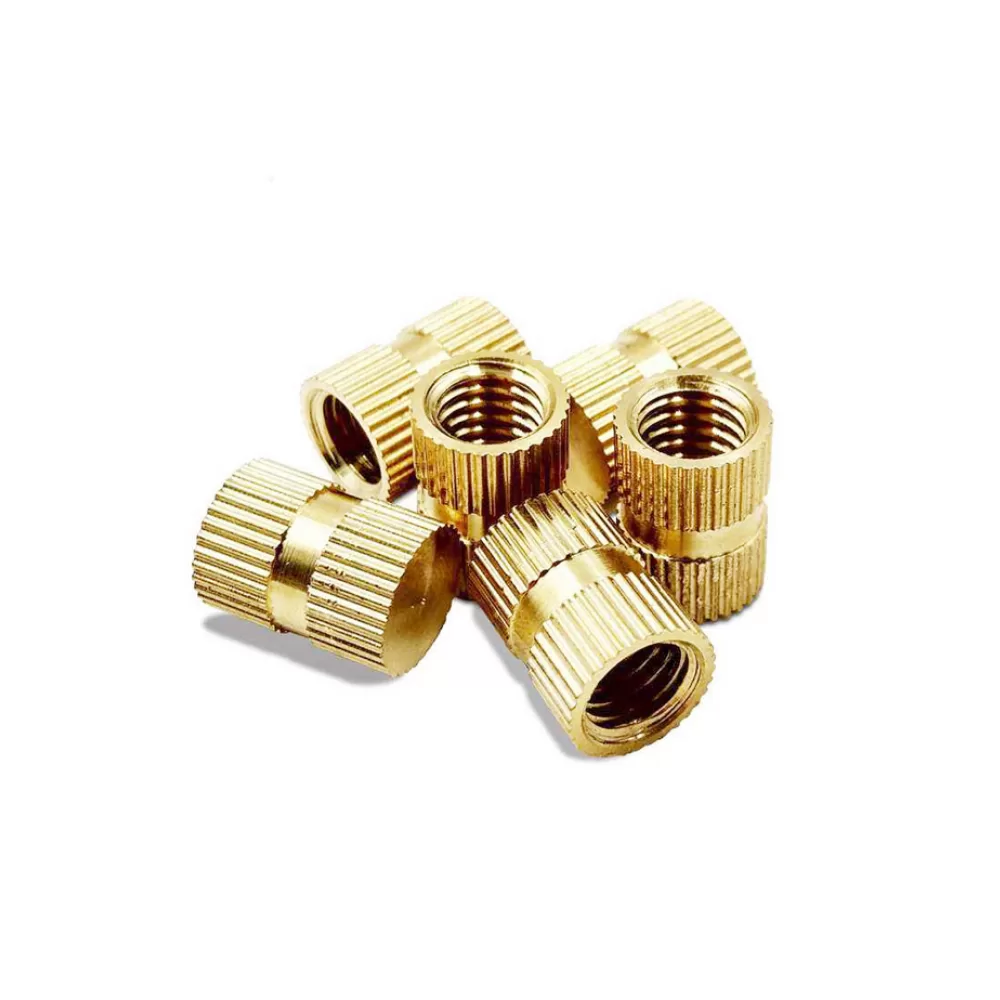
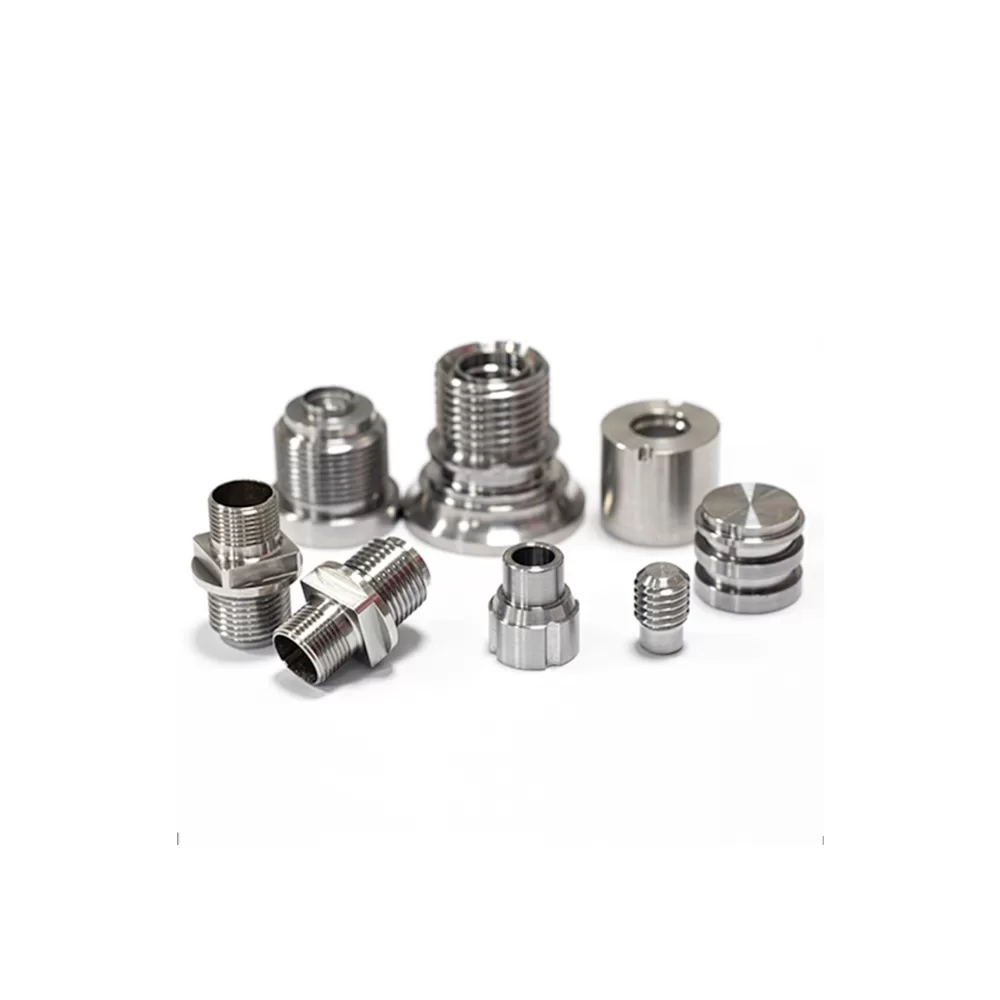
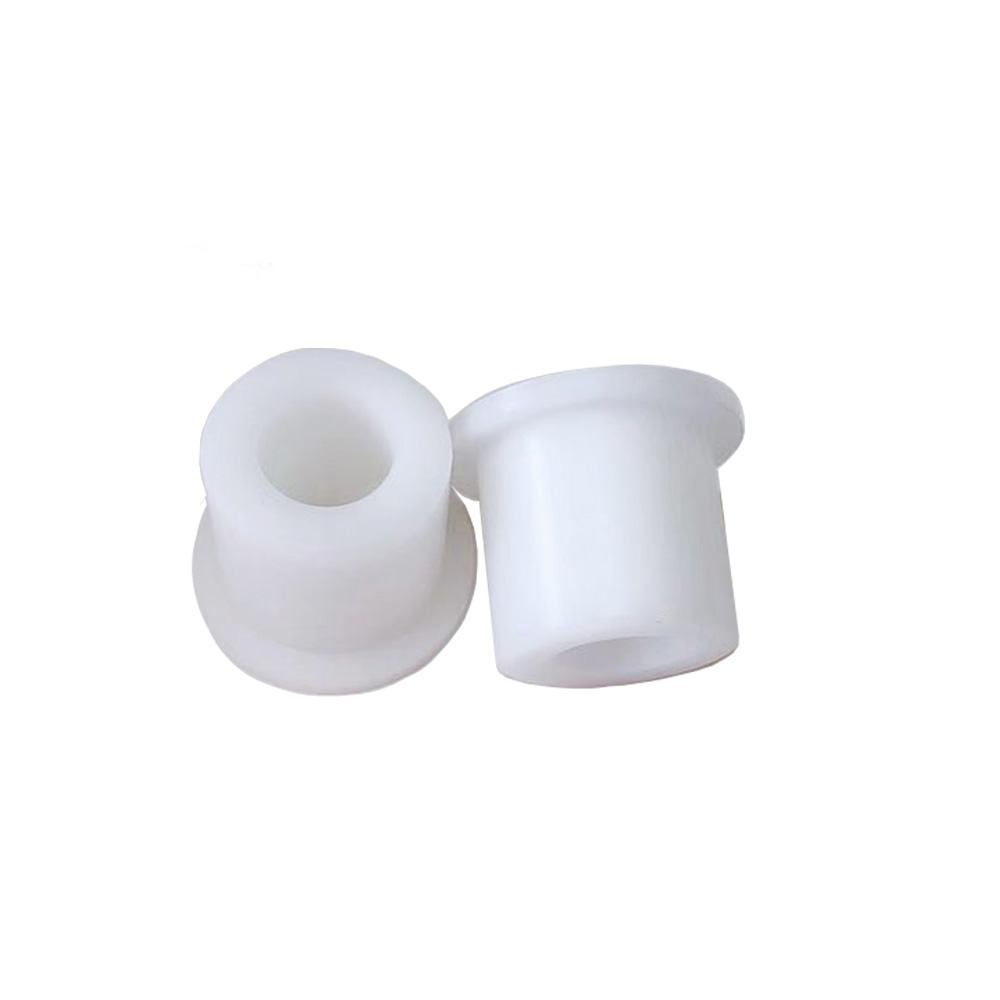
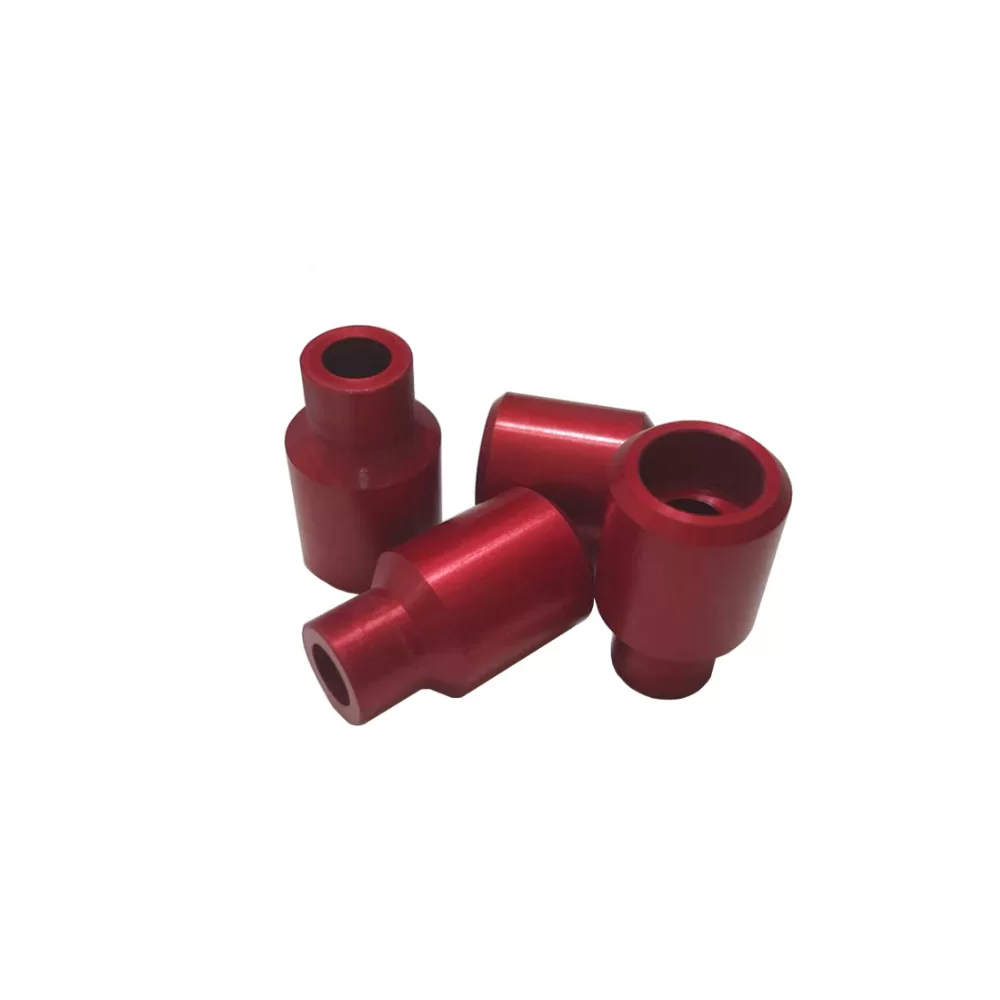
CNC TURNING STEPS
- Convert CAD design files into CNC turning programs. The first step involves preparing the CAD file and translating it into the CNC lathe language. In some cases, we need to capture these designs electronically using software such as AutoCAD or SolidWorks. Once we have the electronic design in CAD file format, we convert it into a CAM program. We can also export the drawing in CAM format using the same software tools mentioned above. Our manufacturing engineers can then use the software to test components for manufacturability.
- Preparing the CNC Lathe. This step is mainly machine setup. Although much of the process is automated, operators are still required.
- Manufacturing parts. The final step is to make the parts you want. Our CNC machinists choose different turning operations depending on the design of the part.
